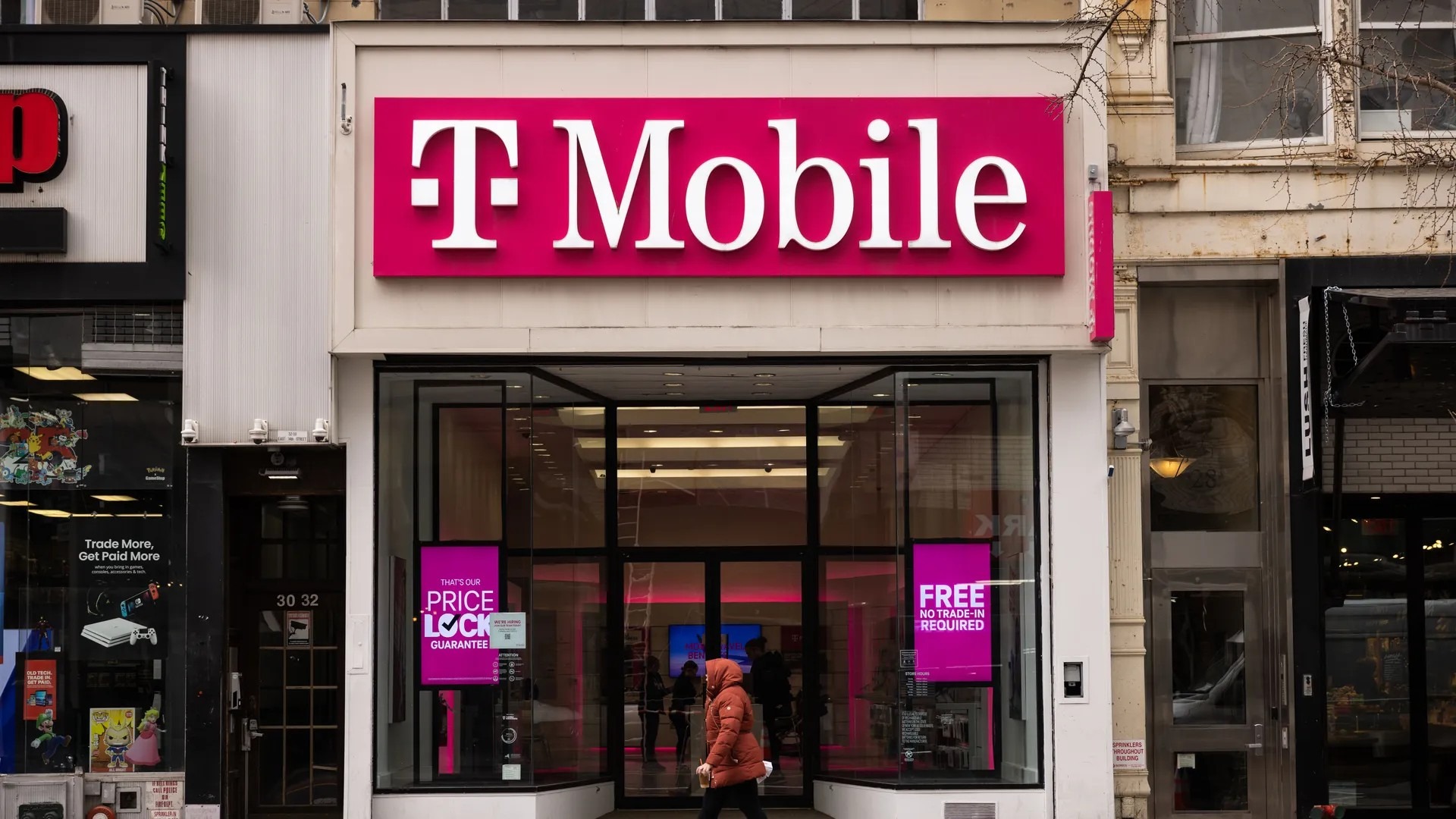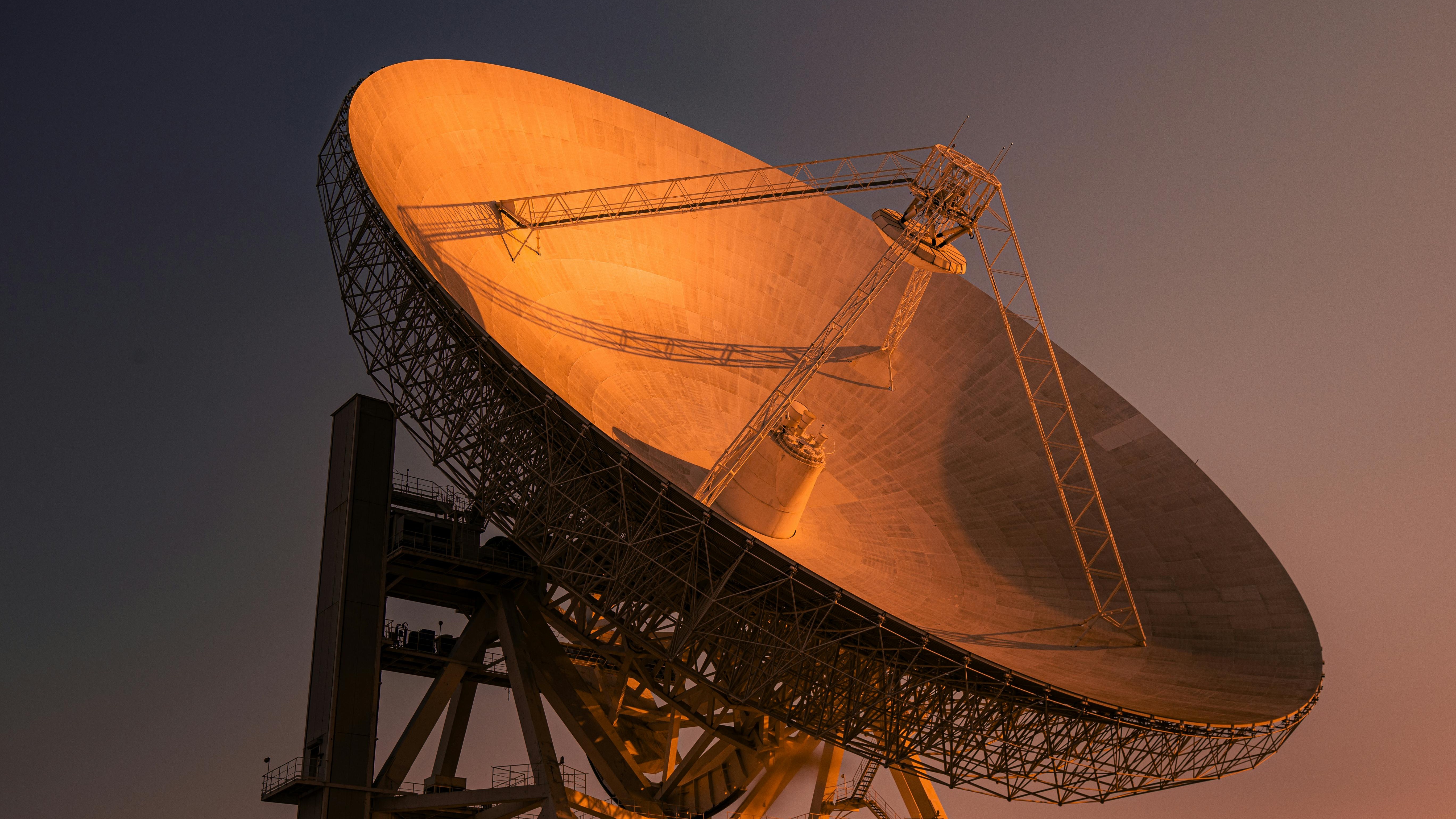
What's at Stake for Rural Louisiana?
Rural communities across Louisiana have long been waiting for a reliable internet infrastructure that can help bridge the digital divide. With an ambitious $1.3 billion fiber internet expansion plan set into motion under the previous administration, hopes were high that these underserved areas would finally gain access to high-speed internet. However, changes made by the Trump administration could drastically reverse those advancements, leaving many in the lurch.
The Shift in Federal Policy
The recent decision by the Trump administration to halt the fiber internet expansion and promote alternative connectivity options like satellite internet may initially seem practical, aiming to curb taxpayer spending. However, switching gears away from fiber deployment raises questions about efficiency, reliability, and long-term benefits. While Secretary of Commerce Howard Lutnick argues that this new approach will widen the scope of connectivity solutions, many experts remain skeptical.
Understanding the Fiber-First Approach
Previously, the Biden era's fiber-first approach provided states like Louisiana with the green light to develop extensive fiber networks capable of supporting high-volume internet traffic. As one of the first states to get its Broadband Equity Access and Deployment (BEAD) plan approved, Louisiana stood on the cusp of significant improvements in connectivity. But the reversal now indicates a much slower path towards digital inclusivity.
What Does This Mean for Residents?
For residents living in rural areas, this setback represents more than just a delay; it stifles opportunities. Access to fiber internet is crucial not only for day-to-day activities like browsing and streaming but also for fostering educational and economic growth. Many potential job opportunities and educational resources could slip away, perpetuating the cycle of inequality.
An In-depth Look at Connectivity Options: Fiber vs. Satellite
The Department of Commerce’s new directive emphasizes the acceptance of less reliable satellite internet options in lieu of robust fiber connections. While satellite internet may be less expensive to deploy initially, it often lacks the bandwidth and reliability that fiber can offer—especially as communities grow and the demand for strong, consistent internet increases. This trend toward prioritizing immediate cost savings could leave rural communities with lackluster service for years to come.
A Call For Community Engagement
As the conversation around digital access continues, residents must engage local leaders and advocate for their right to stable internet connections. The changes implemented by the Trump administration are not set in stone; community feedback could potentially sway policymakers to reconsider fiber deployment.
With rural areas being left behind once again, it's imperative that those affected voice their concerns and push for necessary changes. The effects of this decision run deep, and it's essential for citizens to stay informed and active in the dialogue surrounding internet access.
 Add Row
Add Row  Add
Add 

 Add Row
Add Row 


 Add Element
Add Element 

Write A Comment